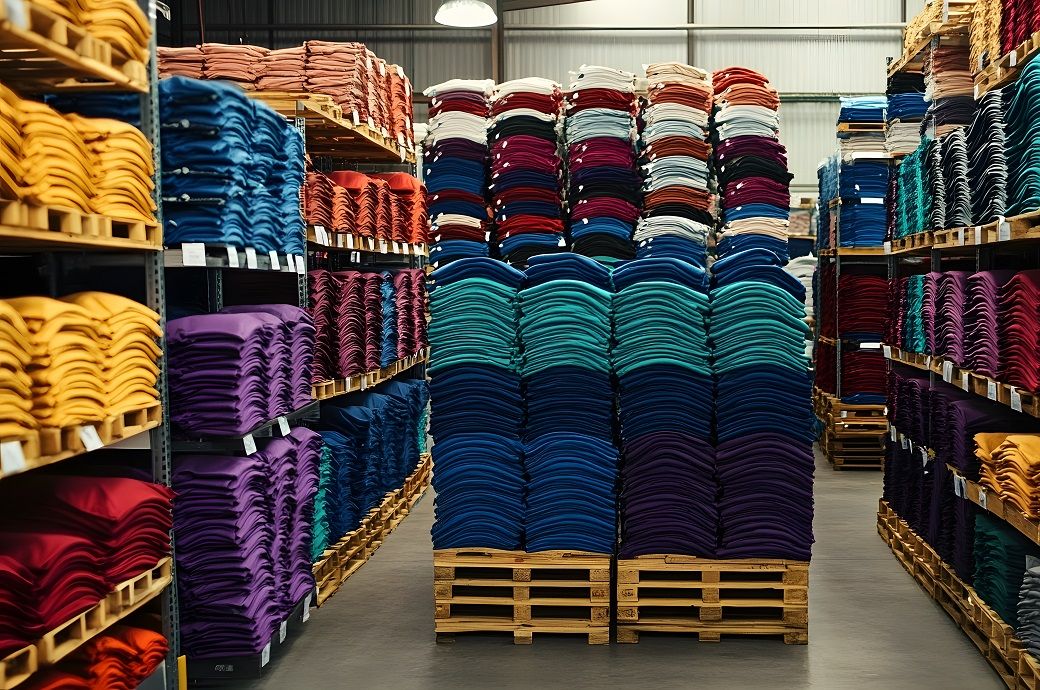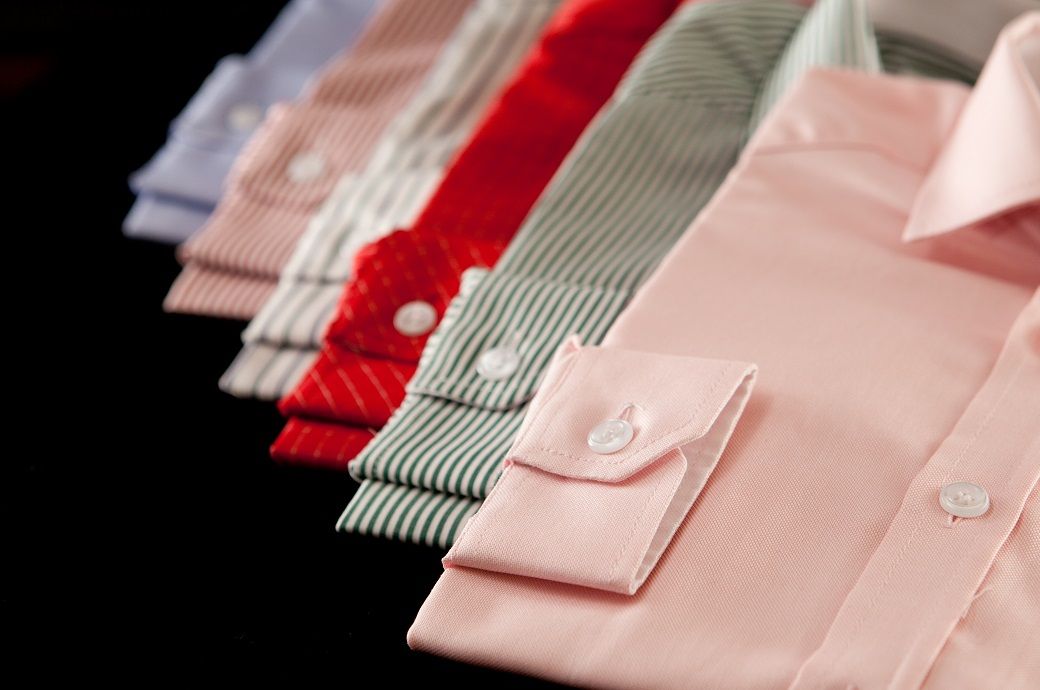
In April, the all-fibre weight volume for imports was up 14.7 per cent YoY. In May, volumes were down 11.1 per cent, and 3.5 per cent higher in June. In the six months before April, the weight volume of apparel imports was up 15.7 per cent, Cotton Incorporated said in its Executive Cotton Update – US Macroeconomic Indicators and the Cotton Supply Chain, August 2025.
In June, US retail apparel prices rose 0.4 per cent MoM but fell YoY for the third month.
Apparel imports remained volatile after April’s tariff hikes.
Consumer confidence improved, while spending was flat overall but up 4.2 per cent YoY for apparel.
Q2 GDP grew 3 per cent annualised, inflation stayed at 2.8 per cent, job growth slowed, unemployment rose to 4.2 per cent, and wages gained 3.9 per cent.
The Conference Board’s Consumer Confidence Index edged up by 2 points to 97.2 in July. After hitting its lowest level since the pandemic in April, the index has returned to the 95-115 range, where it has stayed for most of the past three and a half years.
The overall consumer spending in June was nearly unchanged, rising just 0.1 per cent MoM and 2.1 per cent YoY. The annual growth rate has been slowing, with June marking the weakest pace since February 2024. Garment spending rose 0.3 per cent in June, following a solid 1.1 per cent increase in May.
Meanwhile, spending on apparel was up 4.2 per cent YoY. The annual rate of clothing spending growth has been above four per cent in every month since March. Longer-term average growth for apparel spending is near 2 per cent.
The US economy expanded at an annualised rate of 3 per cent between April and June, recovering from a 0.5 per cent contraction in Q1, driven in part by a 30.3 per cent fall in imports following tariff hikes. According to the US Bureau of Economic Analysis’ initial Q2 GDP estimates, consumer spending increased by 1.4 per cent.
The Federal Reserve’s preferred inflation measure registered 2.8 per cent in June, nearly unchanged from May and aligned with both six- and twelve-month averages. This remains above the Fed’s 2 per cent target.
The economy added 73,000 jobs in July, but May and June revisions cut over 250,000 jobs from prior estimates. Unemployment edged up to 4.2 per cent. Wages grew 3.9 per cent YoY, remaining over one point above inflation.
Fibre2Fashion News Desk (SG)






